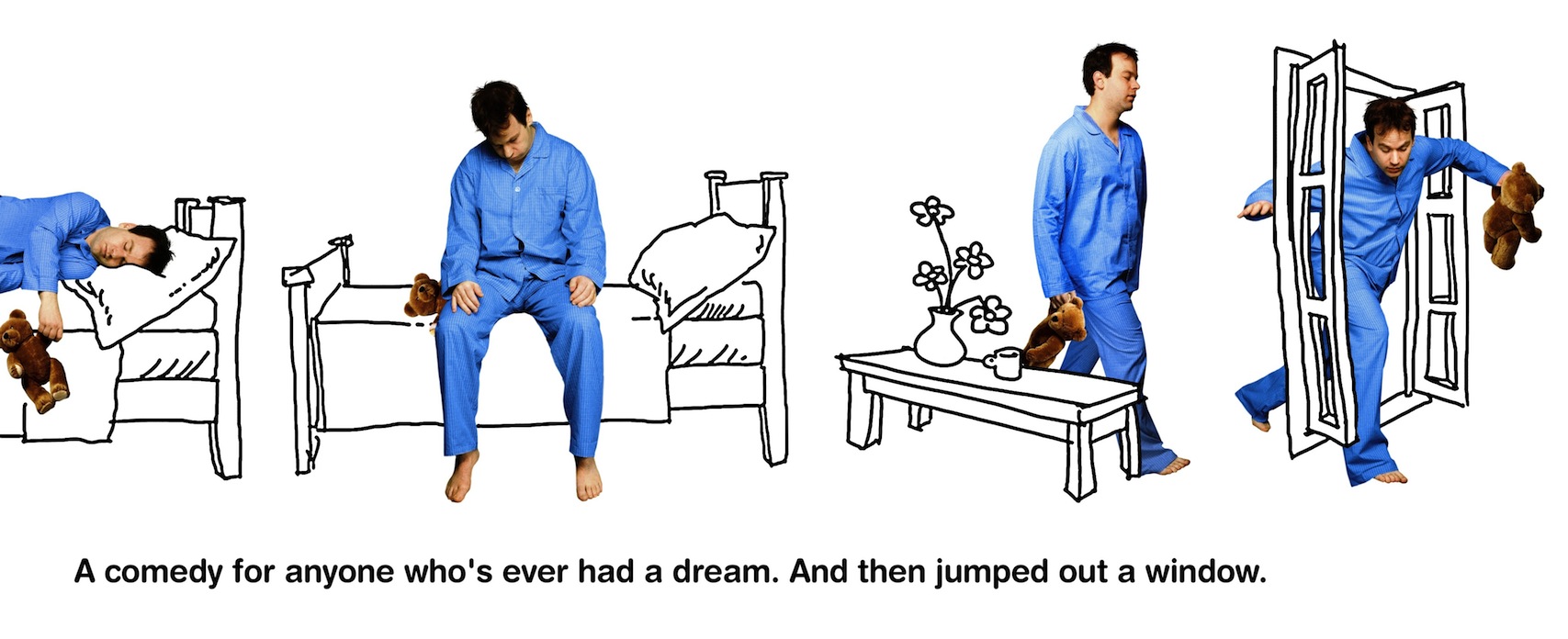Sleepwalking is a sleep disorder belonging to the parasomnia family, which can be defined as any abnormal activities or events happening at any point of sleeping.
According to the National Sleep Foundation, it is estimated that 1-15% of population has this disorder. Sleepwalking is more common in children and it often disappears by adolescence as amount of deep sleep decreases. A study shows that 16.7% of children between age of 11 to 12 years old experience sleepwalking.
As ages of people who have sleepwalking vary, symptoms are various ranging from simply sitting up and walking around to committing homicide.
There are interesting stories of sleepwalking episodes.
For example, a 55 years old chef Robert Wood cooks while he is asleep. For four to five times a week, he goes to the kitchen while asleep, and makes omelettes, stir fries and chips.
However, sleepwalking is not always funny. Several extreme cases of sleepwalking involving crimes have been reported.
ABC news reported a guy who was arrested for violently attacking his wife while he was asleep.
Except sleepwalk is more common in childhood, it is not relevant of sex, race, or specific environment. Then what causes sleepwalking?
Direct causes of children are unknown. Anxiety or lack of sleep likely to bring sleep disorder. According to The New York Times, alcohols, sedatives, medical conditions, side effects of medication or mental disorders can cause adults’ sleepwalking.
Furthermore, a research reported that sleepwalk can be associated with genetic problem or hormonal problems, too.
Unfortunately, there is no specific treatment for sleepwalking unless it is directly caused by medication. For adults, hypnosis may be involved and actually a study shows some cases successfully treated sleepwalking with hypnosis alone.
There are numerous ways to prevent sleepwalking. General ways of reducing probability of having sleepwalking are: getting adequate sleep, mediation or relaxation exercises, avoiding stimuli prior to bedtime, and etc.
Also, if a person has sleep disorder, a family member of him/herself should prevent possible accident by keeping a safe sleeping environment and locking the doors and windows.





